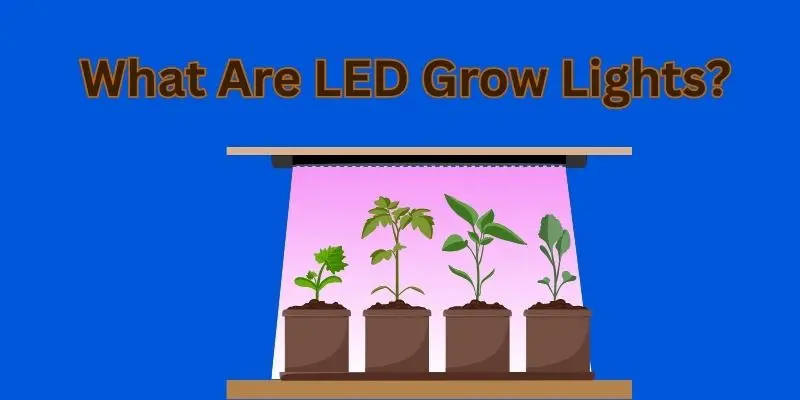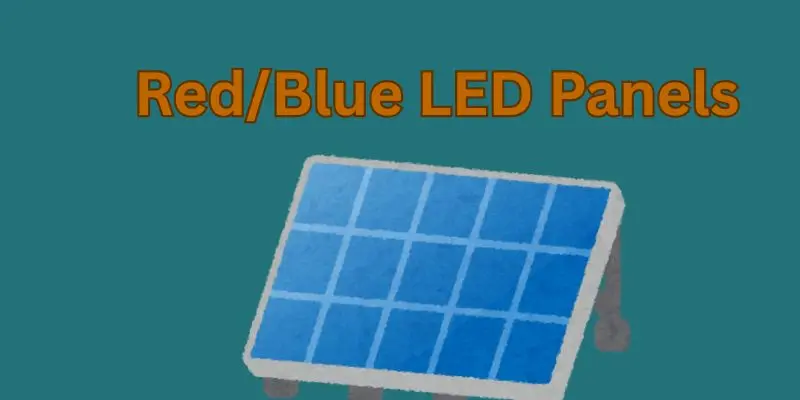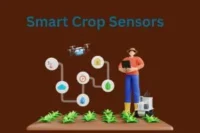Light Up Your Indoor Garden: Discover the Power and Potential of LED Grow Lights
Published: 27 May 2025
Are your indoor plants struggling to thrive under dim or artificial light? You’re not alone. Many indoor gardeners face the frustration of weak, leggy plants or stunted growth. Thankfully, LED grow lights are changing the game. With energy-efficient technology and plant-specific spectrum control, these lights offer a powerful way to cultivate lush, healthy greenery indoors—regardless of sunlight availability.
So, guys, without wasting time, let’s jump into the article to learn Light Up Your Indoor Garden: Discover the Power and Potential of LED Grow Lights
What Are LED Grow Lights?
LED grow lights are specialized lighting systems that emit wavelengths mimicking natural sunlight. They provide the ideal spectrum of light to support photosynthesis and optimize plant growth indoors, especially in low-light environments.

- Artificial lights designed to support plant growth indoors
- Use energy-efficient LEDs to emit plant-friendly wavelengths
- Mimic natural sunlight to aid photosynthesis
- Promote healthier, faster-growing plants in low-light environments
Why Traditional Lights Fail
- High energy consumption with poor results
- Limited spectrum that doesn’t support full plant development
- Excess heat that can burn plants
Key Benefits of LED Grow Lights
- Full-Spectrum Lighting = Healthier Plants: Replicates natural sunlight to support every growth stage.
- Energy Efficiency = Lower Bills: Consumes less electricity while providing powerful output.
- Long Lifespan = Fewer Replacements: Designed to last for years, reducing waste and cost.
- Cooler Operation = Safe for Plants: Produces minimal heat, preventing burns and heat stress.
- Custom Light Cycles = Greater Control: Easily programmable for seedling, vegetative, and flowering phases.
Types of LED Grow Lights

- Red/Blue LED Panels: Best for specific growth phases like flowering and vegetation.
- Full-Spectrum LEDs: All-purpose, great for all plant stages.
- COB LEDs: High-intensity output for larger indoor gardens.
- Quantum Boards: Efficient and ideal for even light distribution over wide areas.
How to Choose the Right LED Grow Light
- For Small Spaces: Go with full-spectrum bulbs or compact panels.
- For Larger Grow Rooms: Invest in high-wattage COB or quantum boards.
- For Specific Plants: Tailor red/blue light balance based on whether you’re growing leafy greens, herbs, or flowers.
Common Mistakes to Avoid
- Hanging lights too close or too far
- Leaving lights on too long or too short
- Ignoring airflow or room temperature
- Using non-grow LEDs with insufficient spectrum
Success Story “I was about to give up on growing tomatoes indoors until I tried LED grow lights. Within two weeks, I saw stronger stems and vibrant leaves. Now I enjoy homegrown salads year-round!”
FAQs about LED Grow Lights
Here are some of the most frequently asked questions about Light Up Your Indoor Garden: Discover the Power and Potential of LED Grow Lights
Are LED grow lights safe for humans?Yes, they are safe when used properly and not stared at directly.
Regular LEDs lack the full light spectrum needed for plant health.
Most plants need 12–16 hours of light depending on their stage.
No—LEDs are highly efficient and cost less to run than traditional grow lights.
Conclusion
This article explains the game-changing benefits of LED grow lights for indoor gardening. It covers what they are, how they differ from traditional lights, and why they’re essential for healthy plant growth in low-light environments. Key types like red/blue panels, full-spectrum LEDs, COBs, and quantum boards are introduced, along with tips for choosing the right one based on space and plant type. It also outlines common mistakes to avoid and underscores how these lights can help even beginners enjoy lush, thriving indoor gardens. Understanding the types and functions of LED grow lights empowers plant lovers to grow more effectively, efficiently, and confidently.

- Be Respectful
- Stay Relevant
- Stay Positive
- True Feedback
- Encourage Discussion
- Avoid Spamming
- No Fake News
- Don't Copy-Paste
- No Personal Attacks

- Be Respectful
- Stay Relevant
- Stay Positive
- True Feedback
- Encourage Discussion
- Avoid Spamming
- No Fake News
- Don't Copy-Paste
- No Personal Attacks





